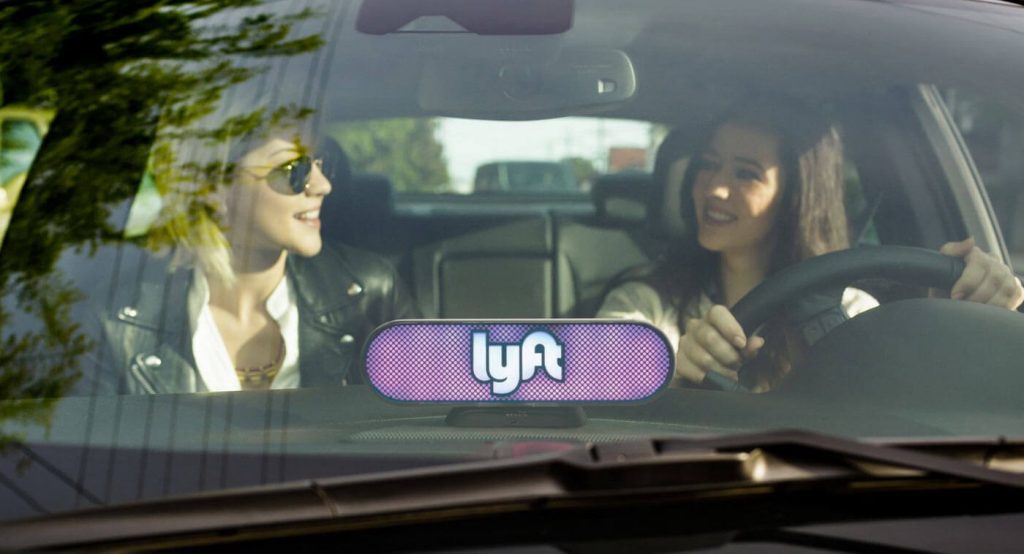The ride-hailing company will be partnering with the National Independent Automobile Dealers Association (NIADA) in an attempt to get potential drivers into cars.
As for benefits, Lyft will pay dealerships for successful references and let drivers’ earnings go directly towards their vehicle payments. A service called Lyft Concierge will also be offered, letting dealers summon rides for customers who are having their vehicles serviced.
This strategy is meant to help Lyft grow by putting potential drivers in vehicles they can afford. According to Autonews, last month Lyft reported having a total of 1.4 million drivers in the U.S. and Canada, which is four times more than two years ago.
“Of of the most critical factors is acquiring new drivers, a big component to that are cars,” said Lyft exec Ben Sternsmith. “If you don’t own a car and you want to be a Lyft driver, it is a barrier.”
The idea behind this is not exactly new. Back in 2016, Lyft teamed up with GM on a program called Express Drive, helping to put Lyft drivers in GM vehicles rented on a weekly basis. Uber also used Toyota for a similar purpose, providing exclusive lease deals.
Yet, new vehicle prices have risen on average, with Kelley Blue Book reporting a 3.9% jump between January of 2018 and the same month last year, bringing the average to $36,270.
“It’s getting tough for some of those drivers to meet that kind of credit profile and make that kind of payment,” stated Scott Lilia, senior VP of member services at NIADA. Having to make higher vehicle payments often means longer working hours, which excludes a number of the part-time drivers these ride-hailing companies are hoping to attract.
According to automotive retail consultant John Possumato, it’s cars that have been on the market for three to four years that offer the best return, which is where used car dealerships might prove useful.






